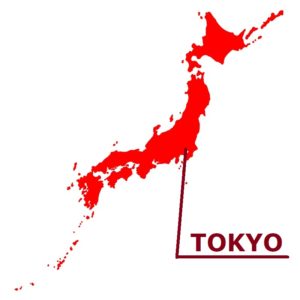
Take the Japan Railway Ome Line to Hamura Intake Weir and head towards Okutama. The nearest station is Hamura Station. However, it is also recommended to get off at Ozaku Station, and walk along the promenade from the upstream of the Tama River. If you go west from Ozaku Station along the Tama River, you can see the scenery where the flow of the Tama River collides with the mountainside and curves greatly around the grounds of Aso Shrine.
Hamura Intake Weir is not a large-scale facility, but it is a recommended spot where stone weirs and the nature of Okutama mix beautifully. It is also the end of the Tama River Cycling Road, with a large covered bench in front of the weir, making it a resting place for hikers and tourists. The side of the intake weir is decorated with bronze statues of Shoemon and Seiemon who built Tamagawa Josui, and a model of Kawakura, which was a flood control technique at the time to weaken the water flow.
The current Nagewatashi weir was built in 1882, but still more than 100 years ago. Hamura water intake weir is certified as a civil engineering heritage due to its historical value.
If you like hiking, you can really walk from here to anywhere along the stream of water. In the meantime, there are historical traces of places where the flow of the weir was changed by floods and where the construction was abandoned by gravel layers.
When Tamagawa Josui was made, the trivial woods forest and the field Musashino area became rich in a mix of rural and nature thanks to the water supply, making it the original Japanese landscape. Tamagawa Josui is one of the typical natural scenery of Musashino.
Designated as a national historic site
As the population of Edo increased during the Edo era and the wells and streams alone could not cover drinking water, the Edo shogunate planned to draw water from the Tama River to Edo. It was said that two brothers of Shoemon Tamagawa, Seiemon Tamagawa completed in 1653, and since then it came to be called Tamagawa Josui Water Supply.
In 1999, the downstream area from Miyamoto Bridge was designated as the historical environmental conservation area of Tokyo Metropolis. Also, in 2003 the area downstream of the intake weir has been designated as a national historic site.
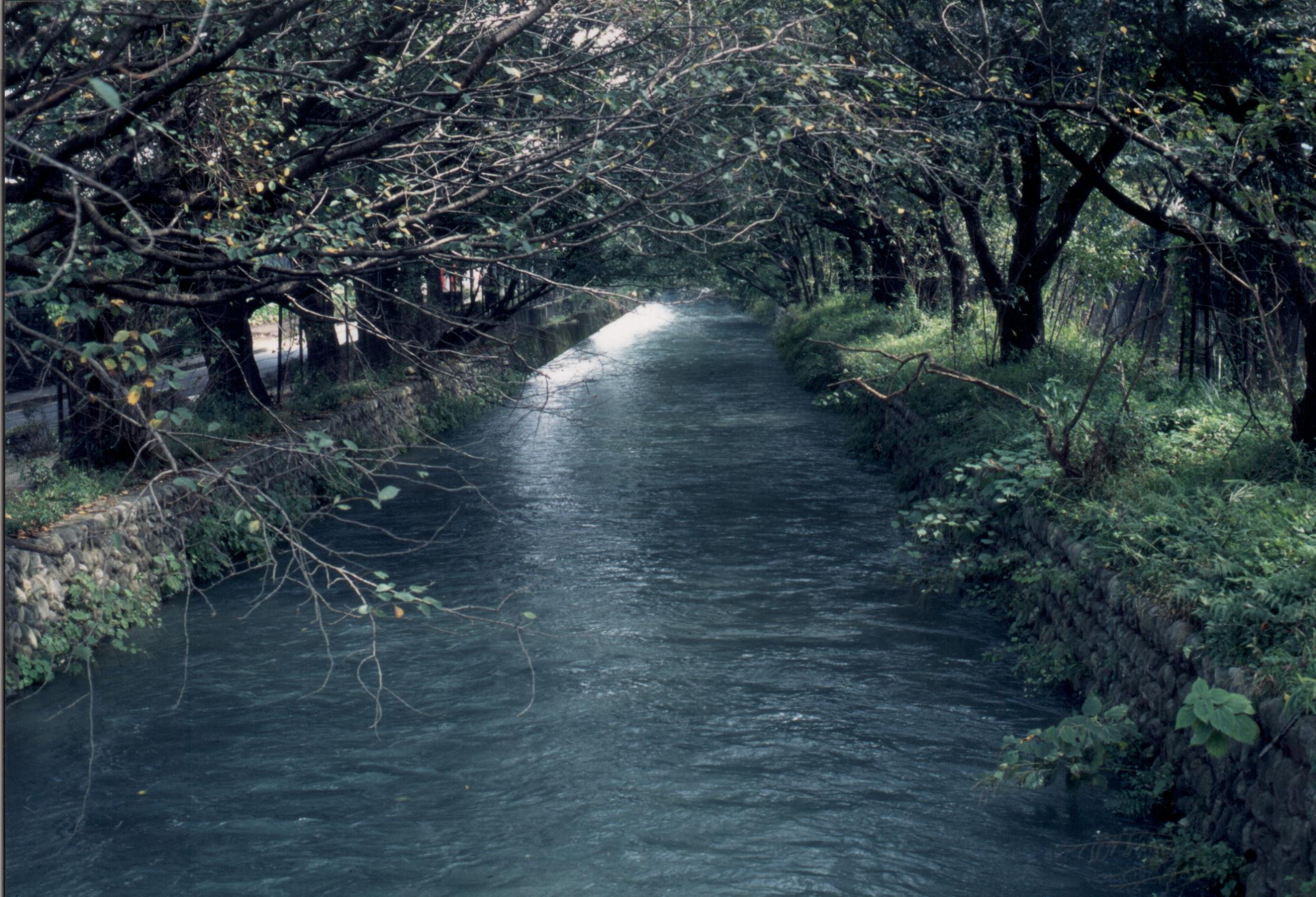
Approximately 24 km of the way is opened as Tamagawa Josui Greenway
Tap water runs 43 km from Hamura in the Tamagawa river, which is the intake weir, to Yotsuyaokido. It is said that it was struggling to drain water well because of the small difference between the points and the gradual gradient.
Currently, it is approximately 24 km from Sengenbashi Bridge in Suginami Ward to Heiwabashi Bridge in Fussa City which is opened as Tamagawa Josui Greenway. However, you can also explore further upstream, seeking the surface of the former water supply.
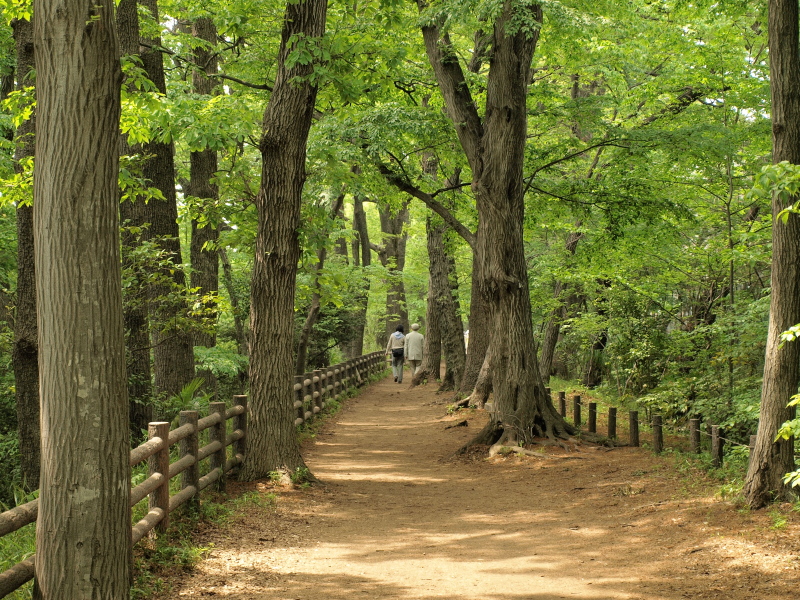
Designation as a precious gathering place of mountain cherry trees
It is about 6 km around the Koganei bridge, which is known as the cherry blossom view along the greenway. It is a famous place of the cherry tree from the Edo period which 2,000 cherry trees were planted by the Edo Shogunate and drawn also on Hiroshige Utagawa’s picture. In 1924, it got the nation’s scenic designation as a precious gathering place of mountain cherry trees.
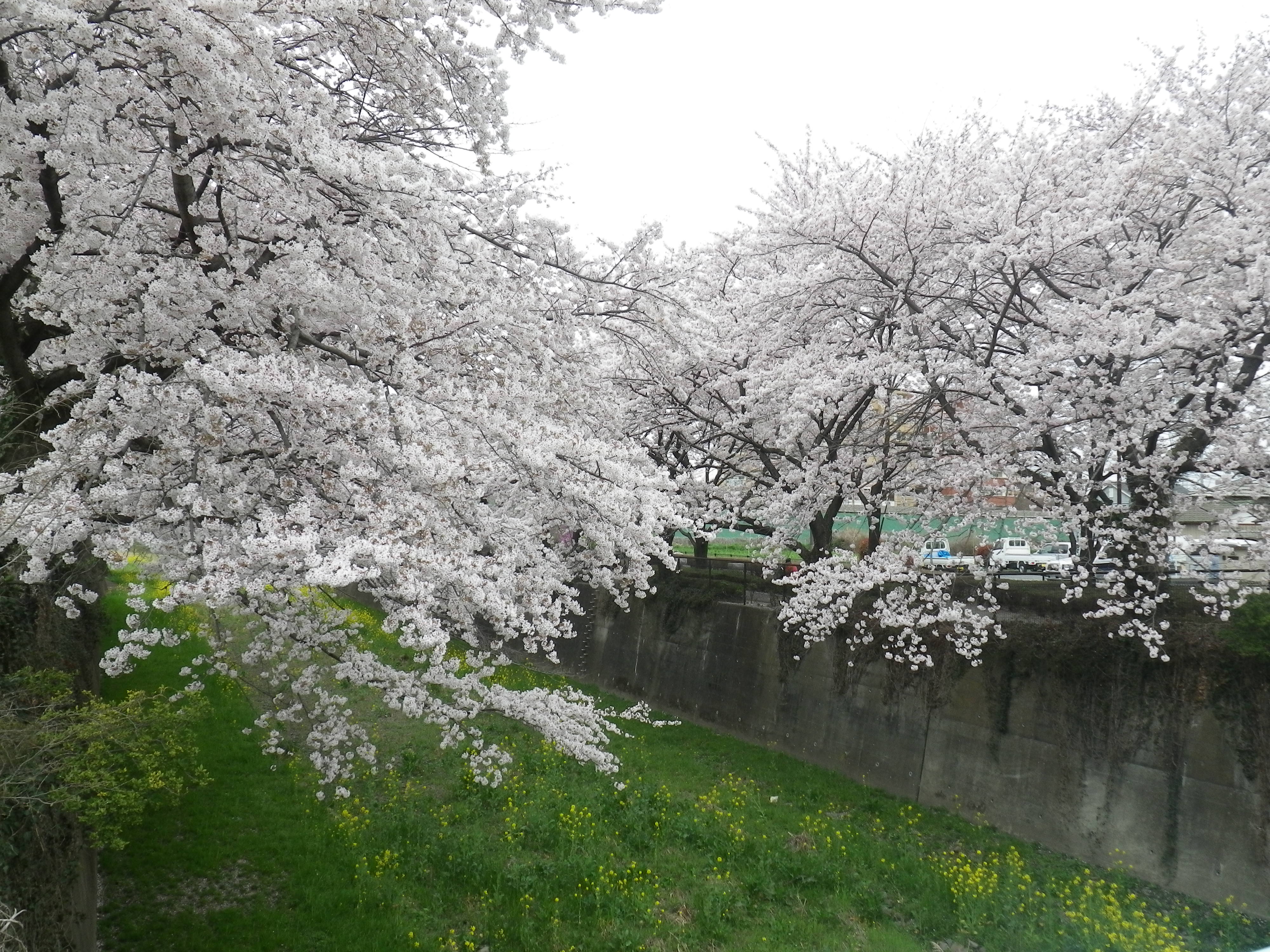
The way how to capture water is still unchanged
In order to draw water in a waterway, Tamagawa-jousui installed Nagewatashi-zeki in the point of the curve, and used the stream which flows into the side. Tamagawa Josui Water Supply was opened in 1654, but the structure to pass Nagewatashi-zeki and capture water is still unchanged.
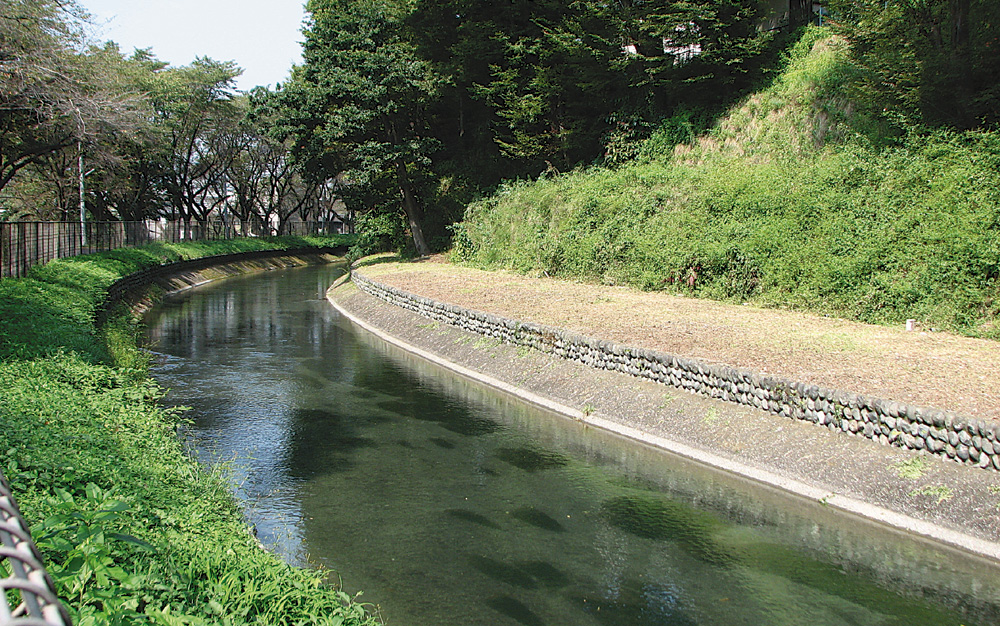
The shade of a tree and the sound of water
The stream which flows out of intake weir continues to near Fujimigaoka Station near the Inokashira Park. From here on, the walking path that follows the Tamagawa Josui Water Supply is the wonderful walking path with the shade of a tree and the sound of water as it is the walking path of minus ions. Tamagawa Josui Water Supply has a height difference of only 100 meters to the downstream. Because this water is flowing using this slight difference in elevation, the water current is very gentle everywhere.
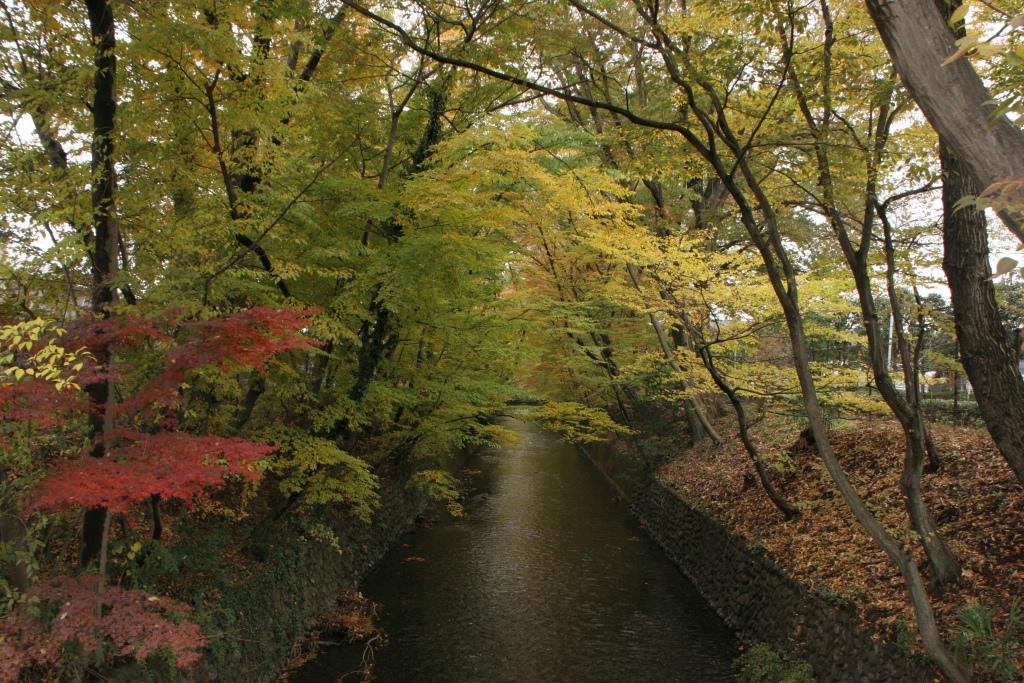
Information(Access, Price/Charge, Tel, Address, Official site, etc.)
| Name: | Tamagawa Josui Water Supply |
| Address: | Kugayama 1-33 Suginami-ku, Tokyo 168-0082 Japan |
| Access: | Keio Inogashira-sen Line “Fujimigaoka-eki Station” (10 minutes walk) |
| Tel: | (+81) 3-5320-6388 (Bureau of Waterworks Tokyo Metropolitan Government) |
| Price: | Free |
| Official site: | https://www.waterworks.metro.tokyo.jp/ |
Leave a Reply